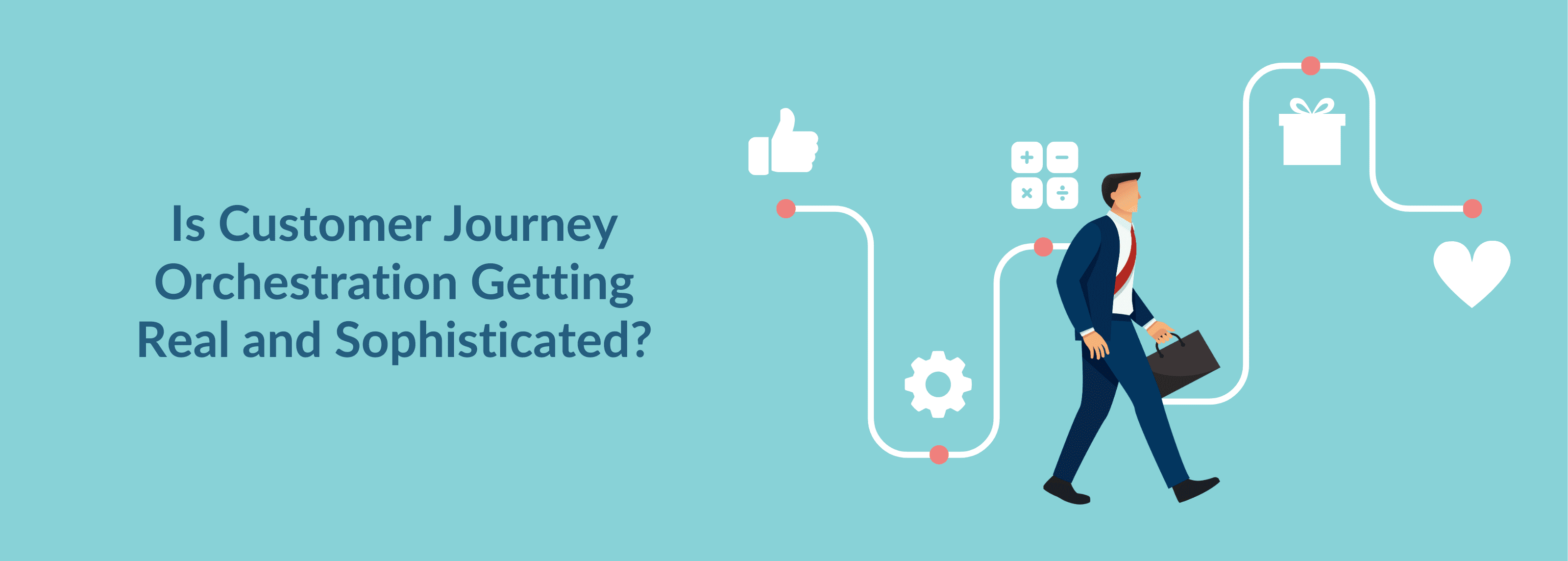Customer Journey Orchestration in Financial Services
Would you agree that we all have used payment gateways to make payments online?
Now, would you agree that we all have used orchestration platforms to make payments online? Probably, you are not sure.
The reality is that every fintech service provider is offering orchestration platforms for you to make payments. As consumers, we are probably not aware of it.
I attended one of the Seamless events on Fintech in Singapore a couple of years ago. I had long discussions with a few of the popular e-commerce platforms and apps. All of them invariably spoke about orchestration platforms and engines that make their payment experience easy.
A few things on orchestration engines they spoke about included:
- Orchestration engines allow you to negotiate better rates with acquirers, payment service providers, and gateways
- With an orchestration engine, you can quickly connect to new processors
- You can offer local payment methods (for instance, UPI in India)
- Leverage 3DS in higher-risk payment flows
- Personalizing the payment options for consumers
This is the power of orchestration, and every e-commerce platform provider is looking to have an orchestration platform to make it easy for their consumers to pay for their needs.
How Does Orchestration Help in the Customer Experience Space?
The example I have cited is a part of the customer journey where orchestration helps make things easier for consumers and provides exceptional experiences.
Imagine your customer experience function, where customers expect to reach out to you through multiple channels. How do you ensure that you provide the mindshare your customers expect from you?
It is going to be difficult. However, you can divide the reasons why your customers contact you into two buckets – transactional and consultative.
All transactional queries can be handled by virtual bots, chatbots, and self-service channels, whereas human agents can handle the consultative aspects.
It effectively frees up the agents to handle only the complex and consultative queries as their time does not get sucked up in handling transactional and mundane stuff.
How Do You Ensure This Orchestration Is Seamless in the Financial Services Space?
73% of consumers expect a seamless transition between their contact channels. But, only 13% think their financial institutions meet this expectation.
The biggest hurdle you are looking at is the authentication mechanism that consumers have to follow. Every time you move from one channel to another, how does the authentication happen?
It would not be very pleasant for consumers to re-authenticate themselves.
The orchestration engine will ensure a single sign-on across channels so that you don’t have to go through re-authenticating yourself.
Intent-Level Routing
Let us assume a customer calls your financial institution to report a fraudulent transaction. Your orchestration engine does an intent-level routing and routes your interaction to the appropriate department that can quickly help you resolve your issue.
This intent-level orchestration routing will grow as more and more contact centers move to the cloud and compose experiences that blend modalities, AI, and the human touch.
Omnichannel Integration
When contact centers offer multiple channels, it becomes imperative they integrate all of these channels and provide a single view of customers across all channels.
What would be the challenge here?
The context will be the challenge here. With an omnichannel contact center platform, you should be able to track context as customers shift between channels.
Here again, your orchestration engine can help. It can summarize live and automated voice interactions, chat transcripts, and other communications – feeding all of that data into a CRM. Now, your CRM becomes the only source of truth about all your customer interactions across their journey with your organization.
For instance, if a consumer is talking to your virtual agent on a chatbot, and at some point, he decides to converse with a human agent. At his request, the virtual agent hands off the interaction to a live agent. Here, all of your data transfers smoothly, and the agent can pick up where the virtual agent left off. The consumer does not have to repeat themselves during this conversation.
Any time the customer returns to have a conversation, all of these interactions are stored in the CRM, and both virtual and real agents can easily access it.
Integrations
We were talking about your CRM becoming the only source of truth. You can let your agents make and receive calls directly from your CRM by adding a contact center platform widget on your CRM.
Most contact center platforms today have pre-built integrations with industry-leading CRMs like Salesforce, Zendesk, Zoho, Freshworks, and Leadsquared, among others. These pre-built integrations ensure a seamless transition of information from all channels into the CRM, supporting every stage of the customer lifecycle in CRM
The orchestration engine is going to play a key role in contact centers in the coming years, helping you provide exceptional customer experiences.
With the orchestration engine intelligently routing interactions based on intent, your CRM integrations and omnichannel capabilities will make it easy for both the agents and your consumers.
It is time to orchestrate better customer experiences, and this will be the biggest differentiator in a crowded marketplace.
